Grassland
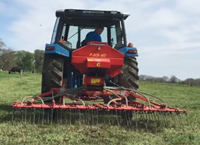
Managing Oversown Clover
Managing Oversown Clover Over-sown clover needs careful management this time of the year to ensure good establishment and persistency. Watch as Mike Egan, Teagasc researcher at Moorepark has good practical advice in this Teagasc Signpost video, on grazing and fertiliser management of over-sown clover in the grass sward Grazing Guidelines Swards that […]
17 July 2021
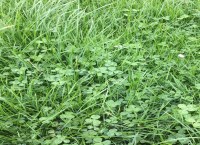
Managing existing clover swards
Managing existing clover swards Best practice grazing management is similar for grass-white clover swards and grass-only swards. Deirdre Hennessy, Teagasc Researcher talks here in a short video about Managing existing clover swards, mid-season fertiliser requirements, preventing bloat and more Grazing Management Mid-season (April to July) Best practice grazing management is similar for […]
11 July 2021
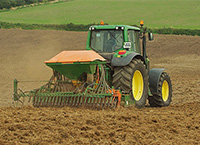
Reseeding success is vital
0 Reseeding success is vital Reseeding grassland increases both quantity and quality of grass grown. Estimates vary, but new reseeds should grow some 20- 40% more grass and importantly most of this extra growth will occur in spring and autumn. Michael Donoghue, Dairy Advisor Teagasc Tuam, has advice for successful reseeding Reseeding Benefits […]
4 July 2021
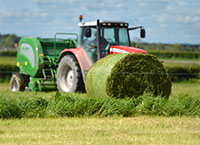
Fertiliser Guidelines for 2nd Cut Silage
Fertiliser Guidelines for 2nd Cut Silage Second cut silage is planned on many farms to replenish silage reserves for the coming winter. This crop tends to be lower yielding compared to first cut silage. Mark Plunkett, Teagasc Soil & Plant Nutrition and John Conroy, Teagasc Westport outline fertiliser guidelines for making 2nd […]
24 June 2021
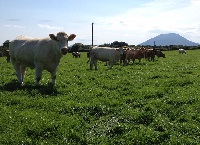
Maintaining Quality in the Grass Sward
Maintaining Quality in the Grass Sward Alan Nolan, Drystock Advisor, Teagasc Ballinrobe has excellent practical advice on maintaining quality in the grass sward. The key message is to take some simple steps now to maintain grass quality and Alan lists these here. Walking the farm every week to monitor grass supply and […]
23 June 2021
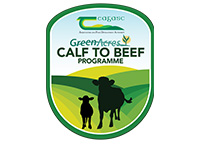
Making quality silage – Factsheet
Making quality silage – Factsheet High-quality silage of 72-74 DMD (dry matter digestibility) is central to the success and profitability of all calf to beef systems. It can deliver the levels of animal performance needed without excessive meal feeding. Get the Teagasc Green Acres Calf to Beef ‘Making Quality Silage’ Fact sheet […]
22 June 2021
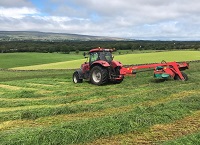
Silage Season Safety Check
0 Silage Season Safety Check We’re now in one of the busiest times on farms as silage is being harvested. It’s also one of the most high risk times due to increased movement of machinery and people on our roads and farms. Jacinta O’Neill, Teagasc Advisor, Westport, has a useful safety checklist to […]
6 June 2021
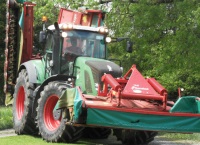
Getting Silage Quality Right in 2021
0 Getting Silage Quality Right in 2021 Silage makes up 25-40% of the annual diet on beef and dairy farms depending on the length of the winter across the county. Decisions made at farm level, over the coming weeks will have a huge impact on the quality of silage fed next winter. Drystock […]
5 June 2021
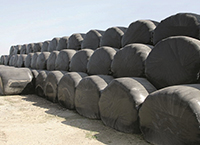
Building forage reserves
0 Building forage reserves Joe Patton, Teagasc Dairy Specialist, & Siobhán Kavanagh, Teagasc Regional Manager recommend that farms build a rolling silage reserve of 2 bales/head or about 1 month’s feeding for a mature cow, into their silage plans, to offset against future shortfalls in fodder due to non-seasonal weather. In 2017–2018, most […]
4 June 2021
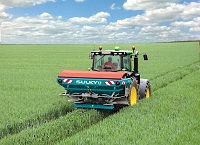
Getting the Spread Right
0 Getting the Spread Right Fertiliser is one of the most expensive inputs on the farm so you need to ensure that it is applied correctly, not only for your wallet but also for the environment. Here, Francis Quigley Teagasc Farm Machinery Specialist, talks about safety, checking the spreader, machine settings and calibration […]
3 June 2021
